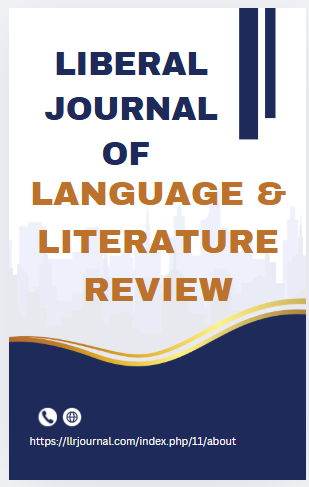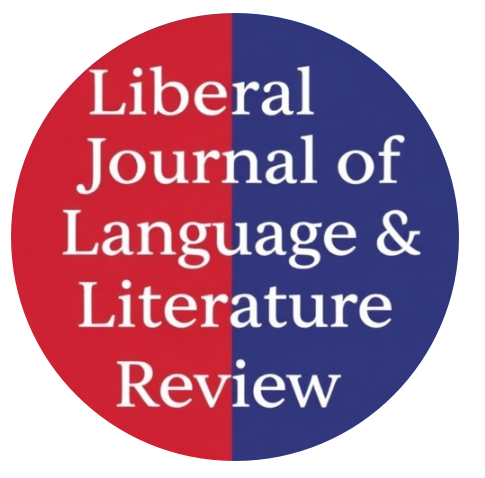Gothic Urbanism in South Asian Fiction: The City as a Site of Decay, Division, and Dissent
Keywords:
Urban gothic, South Asian fiction, postcolonial city, haunted modernity, narrative resistance, spatial critique, Arundhati Roy, Mohammed HanifAbstract
This paper investigates the emergence of urban gothic as a narrative strategy in contemporary South Asian fiction, focusing on how writers represent postcolonial cities as haunted, fractured, and contested spaces. Far from being mere backdrops to personal or political drama, cities in these texts—such as Delhi, Karachi, and Mumbai—are rendered as active agents in the storytelling, symbolizing the spectral legacies of colonialism, sectarian violence, and uneven development. Drawing on key works including Arundhati Roy’s The Ministry of Utmost Happiness, Mohammed Hanif’s Red Birds, Musharraf Ali Farooqi’s Between Clay and Dust, and Neel Mukherjee’s A State of Freedom, this study explores how these authors employ gothic tropes—abandoned buildings, graveyards, urban ruins, and ghostly presences—to convey deep-seated anxieties about modernity, class dislocation, political oppression, and moral collapse.
Using a theoretical framework that combines urban gothic theory with postcolonial spatial critique, the paper argues that South Asian writers reimagine the city as a symbolic site where history bleeds into the present and where the marginalized—whether by caste, class, gender, or faith—encounter a world of both dread and dissent. These narratives resist linear progress narratives by foregrounding broken infrastructure, uncanny urban rituals, and disrupted time, thus transforming the cityscape into a palimpsest of violence, memory, and survival. The gothic mode becomes not only a stylistic device but also a political act—one that enables the authors to critique the illusions of development and confront the haunting persistence of social injustice in South Asia’s urban centers.




